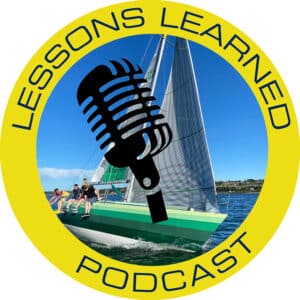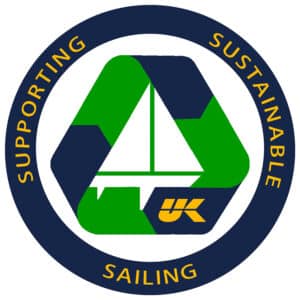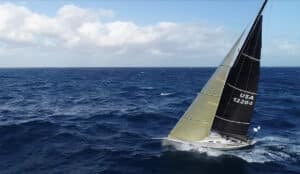There’s old saying, “Fool me once, shame on you. Fool me twice, shame on me.” Basically, it means you should have situational awareness. In a recent Thursday night beer can race on Western Long Island Sound, a lot of sailors started, well, shamefully.
The tendency of this fleet is to start at the right side of the line on starboard tack. Out of habit, one would guess, or having a greater sense of comfort knowing exactly where the line is. Who really knows? However, that Thursday night starting at the committee boat end proved to be the wrong call. The left side of line was favored dramatically—so much so that boats could not cross the line on starboard tack.
The first class all approached on starboard and they all appeared to be sailing in slow motion as they tried to pinch up to sail across the line. No boat in the first class had figured out the major skew to the wind. To make matters worse, the second class to start mirrored the set-up of the first: most were still at the starboard end and only four boats were at the favored pin end. “Shame on me!” Was nobody paying attention? Did nobody look up the course? Did nobody shoot the line? Guess not. Where was their situational awareness?
Here are five things you should always do when going to a race course:
1. Sail to the middle of the line and, with clear air, head the boat into the wind. The bow will point towards the favored end of the line. Easy peasy!
2. Before the start, sail by the pin end buoy and see which way the current is running. Use this information to help figure out how long it will take you to get back to the starting line.
3. Make a few timed practice runs at the starting line—check your line sight, get an approximation of where you want to be at :60 and :30.
4. At 2:00, recheck your wind shot/favored end calculation (#2). This way, if there’s been a significant shift, you can bail out of your original strategy and shift to Plan B.
5. Here’s the most obvious one: Watch the other classes that have started before you. Particularly look at what the better sailors have done. Where did they set-up? Where did they start? What did they do in the first few minutes after the start? Use that intelligence to inform your starting strategy.
Situational awareness. It matters at mark rounds, crossings, close finishes, and above all, at the start.




Adam: I really like these mini lessons you provide in the newsletter.
Adam: I really like these mini lessons you provide in the newsletter.